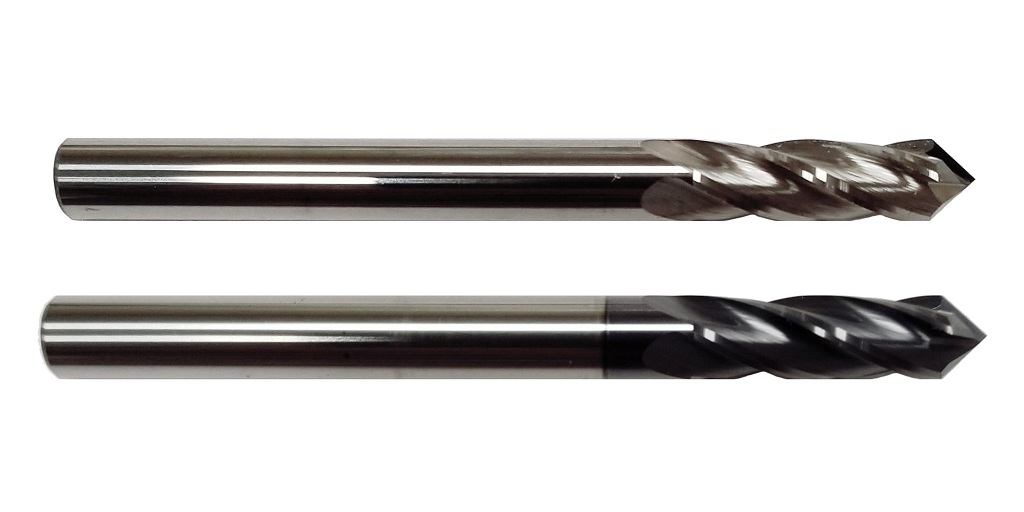With the increase in demand for customized products, and more people able to dedicate time to indoor hobbies and crafts, CNCs have become extremely sought-after tools.
They’re relatively easy to use, and you don’t even have to buy one. There are websites dedicated to teaching how to assemble your own CNC at home and start milling in less than a day.
The good thing about CNC milling is that you´re not limited to working with one kind of material. Many start out crafting nice wood and acrylic pieces, but soon they feel that aluminum and steel are really satisfying materials to give shape to. However, you have to make sure your machine has the torque and the drill mill bits for the job.
One of the most common mistakes new owners make is to sub-utilize or over-utilize their equipment. Some tend to use the smallest drill mill bit and only work on some grooving, drilling, or chamfering, wasting all the machine´s true potential. Others try to drill through steel right away and end up heating up the machine and warping the whole project up.
A good thing about end or drill mills is that bit manufacturers provide a set of speed and chip load specs for different materials to prevent undesirable results like chatter or rubbing. These help us know how many flutes we want and the correct RPM to reduce chip load and manage the heat. However, hitting those minimum specs is sometimes very hard on desktop machines.
As a rule of thumb, the more flutes you have, the faster you will have to push the feed to maintain the chip load, but also the less space you will have for chip evacuation.
Single flutes are nice for cutting dry because they´re virtually uncloggable. They are not known for having a great floor finish. But they excel at plunging and carving soft materials, such as plastic, nylon, acrylics, and even aluminum. There are some bits that are hard enough for high RPMs and leave a decent floor finish.
Two flute bits also have a great chip evacuation rate. They´re good for plunge milling and slot milling. Bear in mind that the more flutes you have, the less RPM you need to keep the same feed rate. Two flute bits will have more rigidity and prevent deflection, so you can go on harder materials.
With bits with 3 flutes or more, you will pretty much have to baby your machine with some type of air blast and cutting agents, especially in close geometry cuts that don’t allow much for chip evacuation. These bits go through a lot of material on each pass, and can even be used for plunging. But I generally use them for roughing and finishing.
Now, when you’re using your drill mill for machining steel or super alloys and want to optimize the process to go through a lot of material, four and five flute bits are the way to go. However, if you want to extend tool life, trochoidal milling allows you to cut deep pockets and grooves in short bursts with higher cutting efficiency. Again, make sure you keep the drill mill properly cooled to control heat, and use a good cutting agent to keep your tools sharp.
There are many drill bits out there with different ranges of flutes and coatings that give you a lot of flexibility and freedom of choice. However, I recommend you visit www.onlinecarbide.com and check out their selection. They manufacture every one of their bits, offering you a wide range of options for your drill mill. Their bits have a solid carbide construction that holds the bit edges and has a superior tool life compared to steel tools. If you have any questions about their tools, you can reach a member of the Online Carbide team by sending an email to [email protected].



